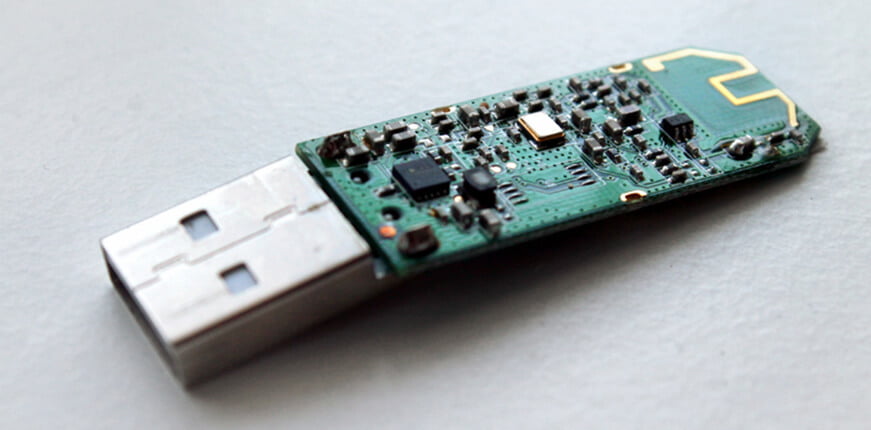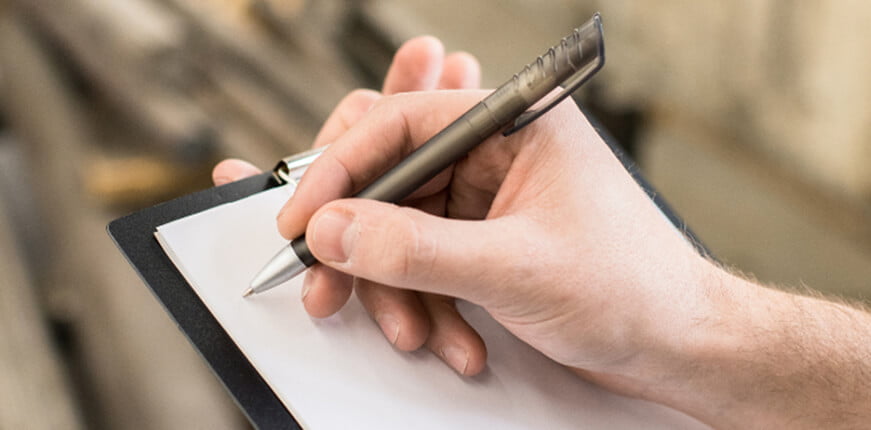
On the outside USB drives are simple looking devices, which many of us are very familiar with using. This familiarity is perhaps the reason why we never really consider how elaborate and intricate these devices truly are on the inside.
Not only are they incredibly complex, but have played a vital role in the way we store and share digital information. In whatever way a USB drive is used, be it a tool you use everyday for carrying sensitive information or as a promotional gift for your clients, this little piece of hardware really has changed the digital landscape for the better.
In this piece, we’ll be looking at the USB manufacturing process and anything you need to look out for when ordering your very own USB devices.
USB Flash Drive Manufacture
There are thousands of tiny connections throughout the drive working to connect all the components together to allow the seamless transfer and storage of information on the go.
There are five mechanical and electronic components crucial to the operation of a flash drive, we’ll cover these briefly below (see our previous blog to learn about this in more detail):
- USB Plug – This is the component that allows you to physically connect the device to your computer.
- USB Mass Storage Controller – this is a microcontroller with a small amount of on-chip ROM and RAM.
- NAND Flash Memory Chips – this stores data.
- Crystal Oscillator – provides the USB’s clock signal and controls the data output of the device.
- Case – used to protect the inner workings, these are usually made of metal or plastic, but can also be made from wood and rubber.
Your device will also include:
- Jumpers & Test Pins – these are used to test the drive’s manufacturing code into the microcontroller.
- Write-Protect Switch – enables or disables the writing of data.
- Unpopulated Space – this provides space to include another memory chip. This allows the manufacturer to use only one circuit board across multiple storage sizes.
What Kind of USB’s Are There?
Most USB’s weigh less than around 30g, with manufacturers often competing to develop the smallest hardware with the biggest memory capacity. Some manufacturers often try to stand out from the crowd by creating more elaborate cases to attract attention.
However, if these are too large, they can sometimes make it difficult to connect to the port on a computer or block access to other ports. You’ll often see these provided with a separate USB cable to alleviate this issue.
These USB’s are only permitted to use the official USB certification and logo if sold with a separate extension cable. This is because third-party cables, while perfectly fine to use, are not in-line with the official USB standards.
How to Order USB’s & What to Expect
If your organisation is considering Promotional USB Sticks, unless you opt for a company like ourselves to facilitate this process for you, which we’d recommend, you’re likely to be dealing with a local supplier.
Although you may find considerable discounts in the Far East, it’s likely you’ll be left with a substandard product as the savings you’ll find are likely to be facilitated by shortcuts in the manufacturing process. On top of this you’ll need to fork out an up front sum, which means if things don’t go to plan you’ll find yourself out of pocket and without the support to fix it.
Of course, most professional USB businesses worth their salt, such as ourselves at USB Makers, should be able to support and closely supervise the manufacturing process to ensure that the items you receive are of the very highest standard with detailed quality audits.
The Manufacturing Process

Most USB’s are produced overseas in the Far East, this will usually be in either Taiwan or China. Each flash drive will be manufactured with three core components:
- Memory Chips – these ensure that the USB stick holds the stated memory capacity, such as 64MB for example.
- PCBA Board – this piece of kit holds together the chips, electronics and the USB plug connector.
- Body – as the name suggests this is the main body of the device, which holds together and protects the inner circuitry.
During the manufacturing process the supplier will order these three components separately and then bring them together in a factory.
Usually, this process looks a little something like this:
Step 1: The manufacturer will buy the memory chips from high-end consumer electronics businesses, such as Samsung or Intel.
Step 2: These chips will then be looked at by Quality Assurance testers, and then they are attached to the PCBA board.
Step 3: If you select a pre-load data option, this is the point at which this data is transferred to the memory chip.
Step 4: The unit in its entirety will be QA tested, this is when a visual proof will be sent to the client to be checked.
Step 5: Once the factory has the go-ahead from the client, they will purchase the chosen casings for the USB.
Step 6: Here the factory will make requested modifications to the case, such as colour matching, engraving or embossing. Another visual proof of this will be sent to the client to approve.
Step 7: The PCBA board we mentioned above will be inserted into the case.
Step 8: Each of these assembled units is then run through Quality Assurance again.
Step 9: Any requested accessories, such as lanyards, are then added.
Step 10: The order is placed into the custom packaging, or in standard packing materials depending on your order.
Step 11: The USB’s are then shipped to the supplier you’ve chosen.
What to Avoid
Low quality products usually skip much of the quality assurance process, in order to pass these savings onto the customer. A USB company like ourselves acts as a conduit between customer and manufacturer to assure the highest quality.
Lower quality products are certainly not suitable to be giving away as promotional gifts, and may only serve to tarnish your company image.
At USB Makers, all of our production partners must adhere to the following quality standards as a minimum:
- Quality Memory Chips – high quality chips improves read and write speeds and data retention. As we’ve mentioned these need to come from top suppliers, such as Samsung and Intel.
- Print Finish – we ensure that all printed and colour finishes of a high-quality which doesn’t flake away.
- ISO 9001:2015 – this certification is a benchmark for quality production practices. Suppliers who obtain this standard can be trusted for their quality and reliability
If you’d like more USB advice, or you’d like to learn more about our extensive product ranges, why not get in touch with us today?




